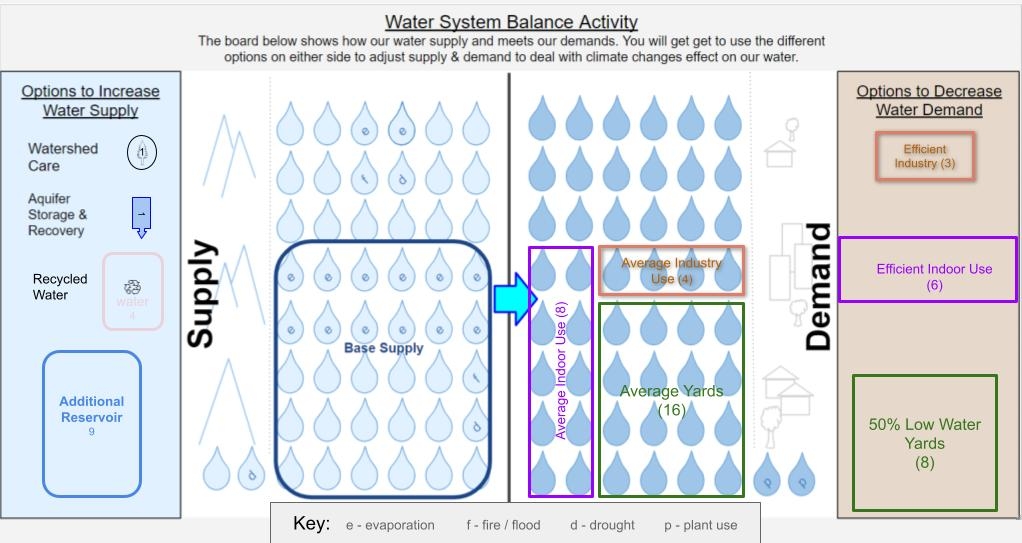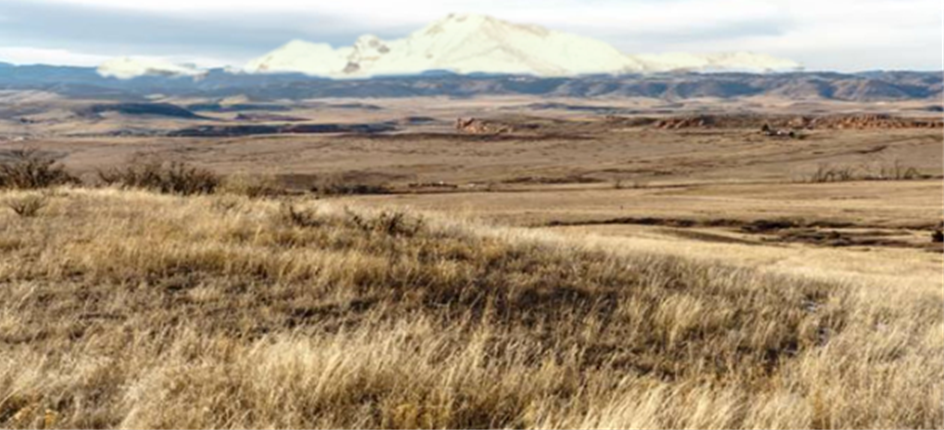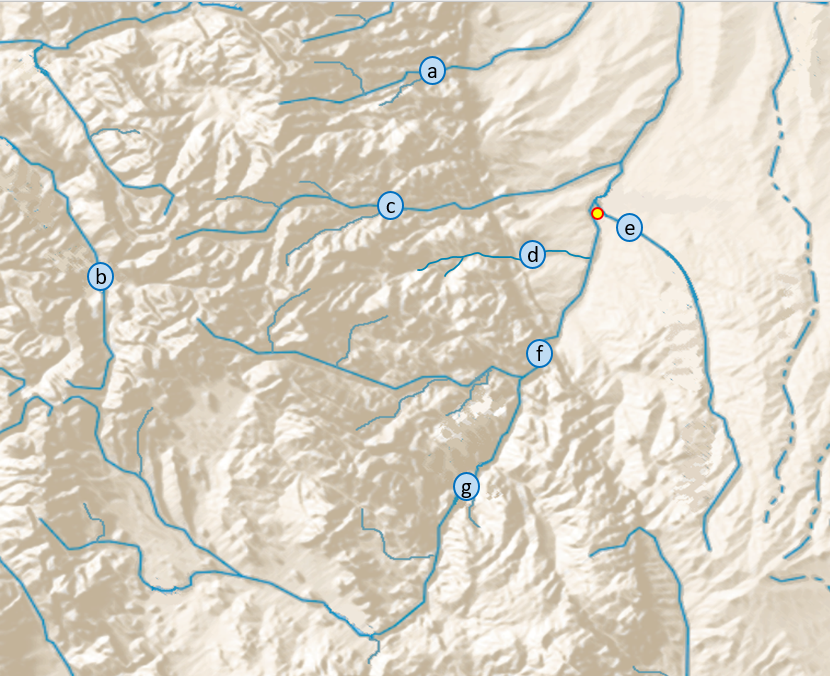Challenge
What do we mean by challenge? Provide activities that build on and extend student learning beyond factual recall and require higher cognitive processes.
How do educators challenge students in online programs?
Design activities that ask students to:
- apply what they have learned to a new or different context
- draw connections among ideas
- justify claims with evidence and reasoning
- use problem-solving skills, and/or
- generate solutions or create original products
For more guidance, refer to Bloom’s taxonomy of learning (Anderson et al., 2001)
Climate Change is Water Change Program (Grades 6-12)
In this interactive program, students discover how climate and our water supply are connected, what changes we might expect in the future and how Denver Water is adapting and adjusting to our changing climate.
At the beginning of the program, students are provided information on how drinking water is used in Denver, and ways that climate change is impacting the water supply. Next, the educators facilitate a discussion about the challenges facing water utilities in the arid West: supply vs. demand. Using an activity in Jamboard, students must balance supply and demand while considering real-world impacts of climate change.

The educators run several rounds of the activity with different parameters (for example, drought or increased temperatures increase evaporation and reduce supply) and students have to come up with solutions to keep the system balanced. A facilitated discussion after each round helps students reflect on the costs and benefits of each decision.
This lesson exemplifies challenge because it requires students to apply knowledge to generate solutions to real-world problems.
Fluid City: Water for a Growing Community (Grades 5–8)
In the arid West, access to water is everything. Students use maps and real data as they plan and redesign water collection infrastructure that meets the demands of a growing community. Students solve real world problems and learn about earth sciences while utilizing essential 21st century skills.
At the beginning of the program, students examine a photo that represents the Denver area prior to European settlers arriving in the 1850s and share their noticings and wonderings. Educators also ask them to think about what natural resources and area needs to have to support settlement.
Denver area prior to European settlers arriving in the 1850s

Educators explain that Denver’s water supply comes exclusively from precipitation, mostly in the form of snow. As snow, it falls in the winter and then runs off quickly and mostly disappears by summer. Rainstorms are erratic and often torrential enough to cause flooding. Dams and reservoirs are a solution to those shortcomings because they impound the snowmelt and can regulate water supply.
Next, students are provided with the map below with possible sites for a reservoir and a worksheet that allows them to calculate how much water could be stored at each site and how many people the water in that reservoir could support.

Educators show students an example, and students then use the maps and data to determine the best reservoir site to supply water to their growing city. Finally, educators facilitate a discussion with students about why they chose their site.
This activity exemplifies challenges students by requiring them to use problem solving skills and analyze data as they consider solutions.


